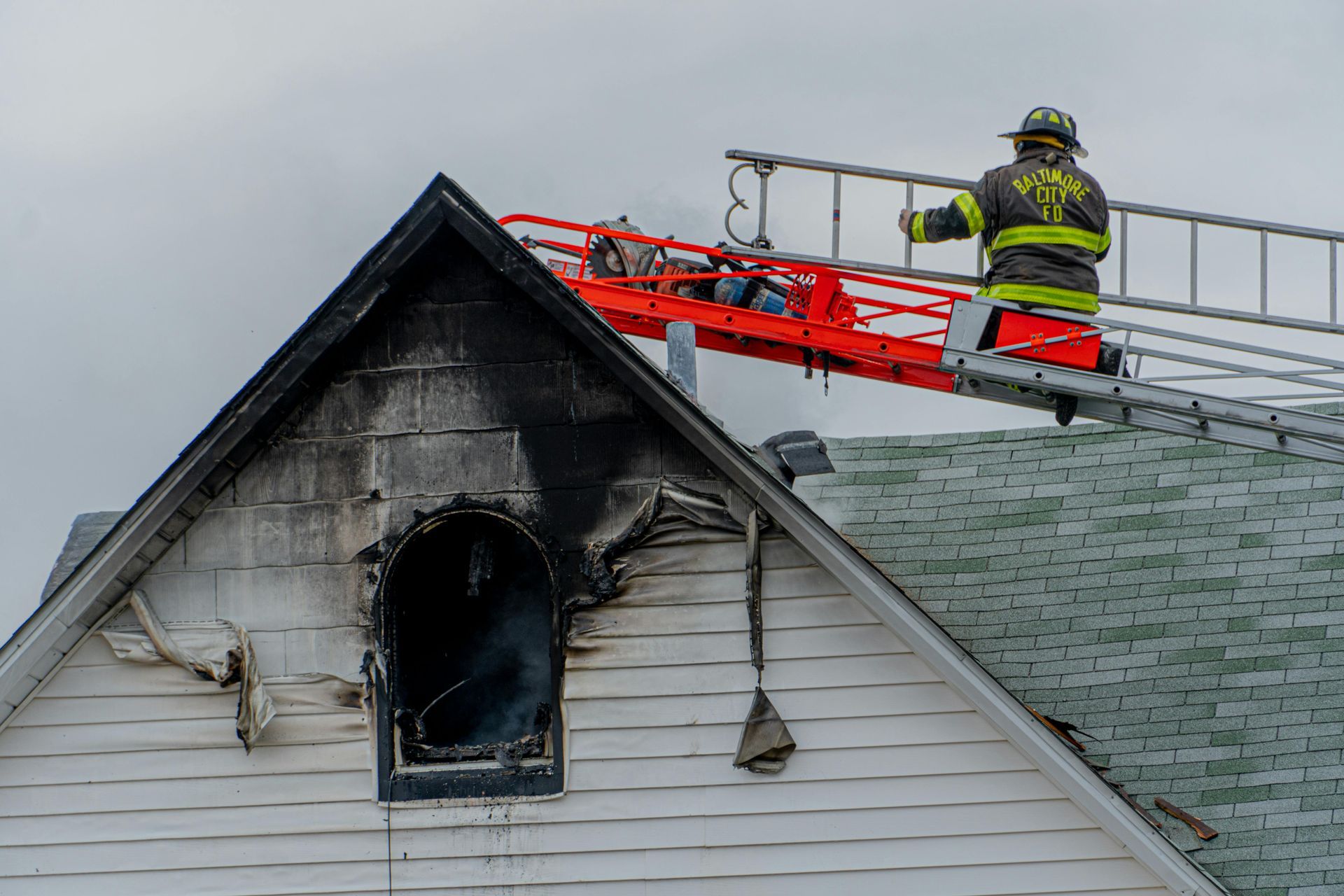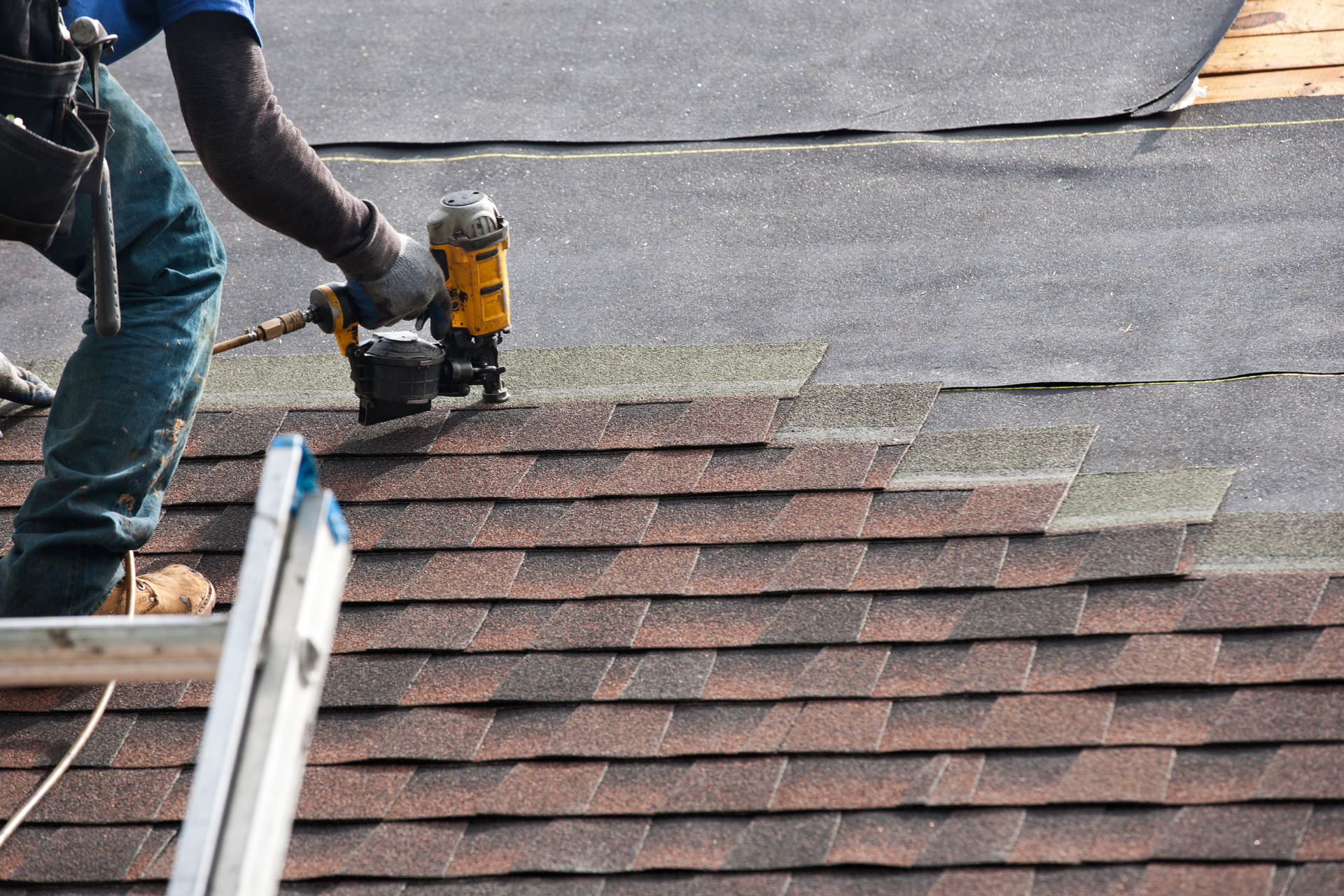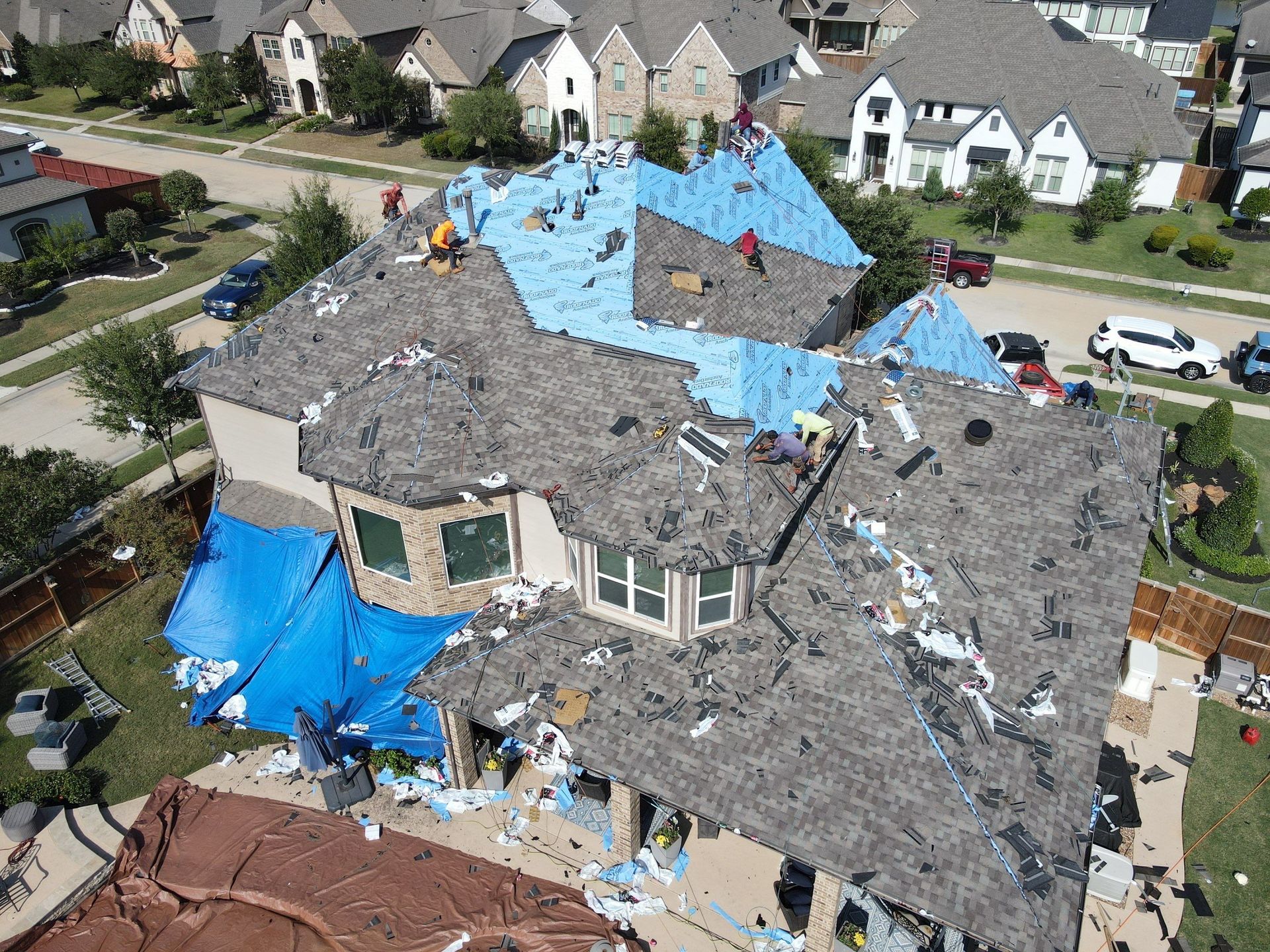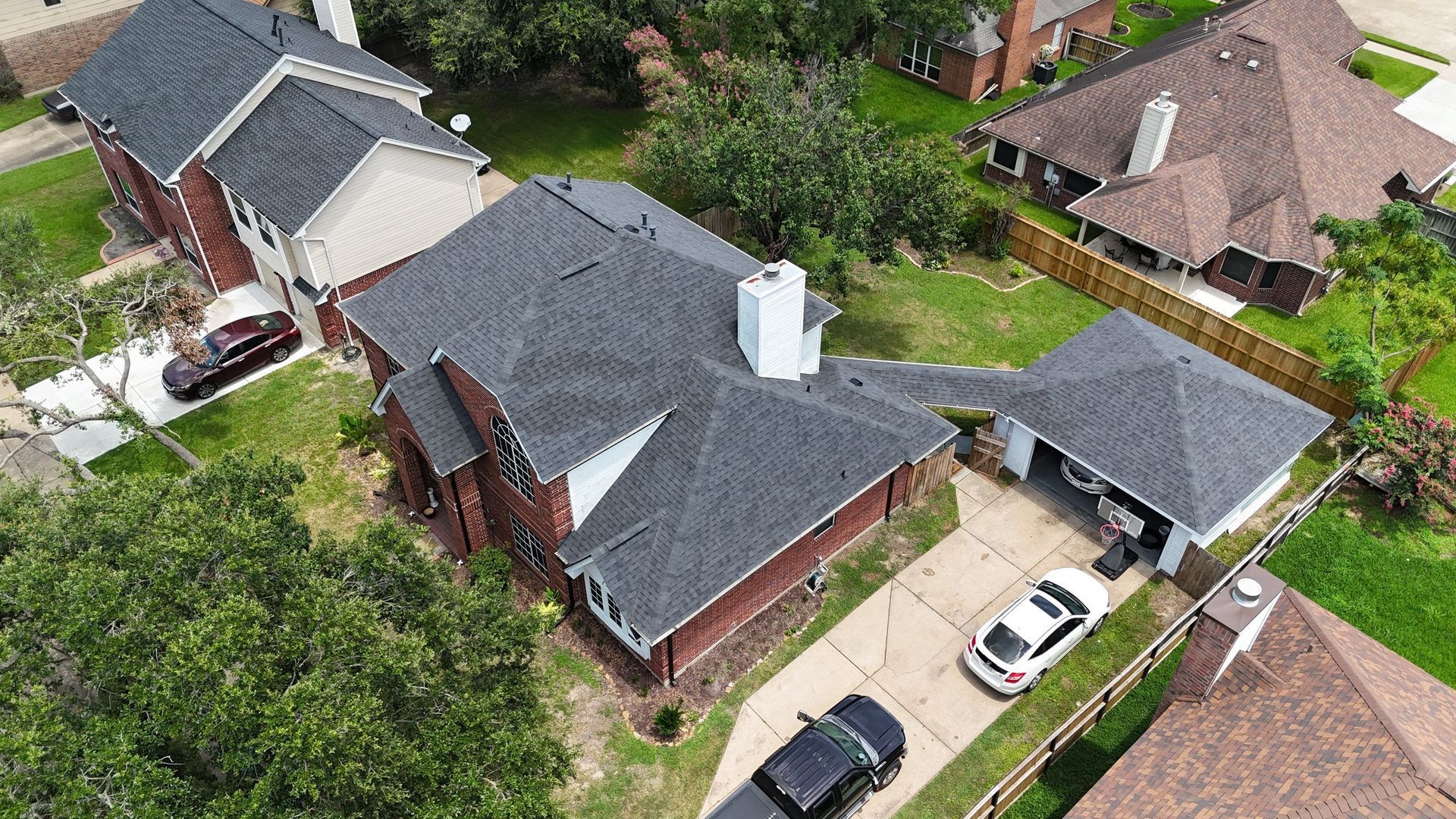How to Document Roof Damage for Insurance Claims in Houston
When a storm sweeps through Houston, the aftermath can leave homeowners scrambling to assess and repair roof damage. Between hail dents and missing shingles, the impact may not always be obvious at first glance. That’s why documenting roof damage thoroughly and correctly is imperative for protecting your home but also for ensuring your insurance claim gets processed smoothly. Here’s a step-by-step guide to documenting roof damage for insurance claims in Houston.
1. Prioritize Safety First
Before inspecting your roof, make sure the area is safe. After heavy storms, especially hurricanes or hail events, hazards like loose shingles, broken glass, or downed power lines may be present. If conditions look unsafe, avoid climbing the roof and wait for a professional inspection. Your safety comes first.
2. Take Clear, Comprehensive Photos
Photos are your strongest evidence when filing a roof damage insurance claim. Start with wide-angle shots that show the entire roof from multiple perspectives, then zoom in for close-ups of specific damage. Capture missing shingles, cracks, dents, and any debris that may have contributed to the damage.
Don’t forget the interior: water stains on ceilings, damp insulation, or leaks in the attic can support your claim by proving how roof damage has affected your home inside and out. The more photos you take, the stronger your documentation.
3. Record the Date and Weather Details
Insurance companies want to confirm that roof damage directly ties to a specific weather event. Keep track of the date the storm occurred and note conditions such as heavy rain, hail, or strong winds. If possible, save local weather alerts, news articles, or radar screenshots from the day of the storm. This supporting documentation helps strengthen the connection between the weather event and the damage sustained.
4. Make a Written Inventory
Alongside photos, write a detailed inventory of the damage. List each issue you see, such as “15 missing shingles on the west side of the roof” or “hail dents on gutters and flashing.” This written record provides clarity and helps your insurance adjuster quickly understand the scope of the damage.
5. Get a Professional Inspection
While your own documentation is essential, having a roofing contractor conduct an inspection adds credibility. Professionals are trained to identify issues you might overlook and can provide a detailed report. This report, combined with your photos and notes, creates a strong package for your claim.
6. File Your Claim Promptly
In Houston, insurance providers often set deadlines for filing storm damage claims. Delaying could result in reduced coverage or even denial. Once you’ve gathered your documentation, contact your insurance company as soon as possible to start the process.
Roof damage after a storm can feel overwhelming, but proper documentation makes a world of difference in getting your claim approved. By combining photos, written notes, weather records, and professional reports, you can present a clear and compelling case to your insurance company.
If you suspect roof damage after a Houston storm, don’t wait, start documenting and give your home the protection it deserves.









